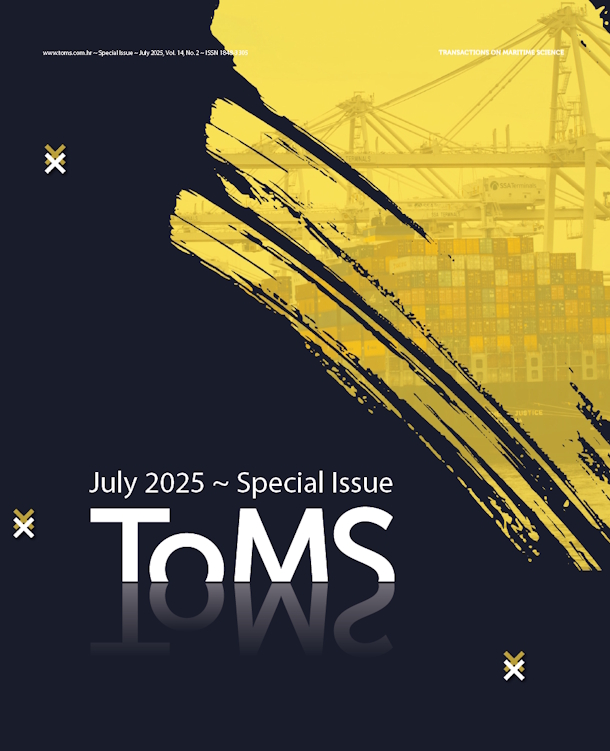Simulating Growing Complexity in Maritime Traffic
DOI:
https://doi.org/10.7225/toms.v14.n02.s10Keywords:
Maritime transportation system, Simulation, Mixed traffic, VTS, MASS, Remote controlAbstract
Continuous research and developments in maritime traffic often result in new levels of complexity. Technological innovation accompanied by enhanced and amended regulatory schemes result in new situations that need to be handled on board and also need to be managed from shore-based monitoring stations. Maritime Education and Training (MET) has to address these advancements, human factors, and regulatory updates, adapting them into syllabuses and course works. This also requires further enhancement of simulation-based training. In this paper we discuss increasing complexity and present investigations and results of simulation experiments focusing on the design, implementation and conduction of combined simulation exercises involving full-mission ship-handling simulation and full mission VTS-simulation. Complex scenarios provide trainees with realistic interactions between actors from different institutions within the maritime domain. This study specifically aims to answer how such simulation setups can address operational challenges and improve navigational safety under increasing traffic complexity. The experiment involved maneuvering a bulk carrier entering a harbor terminal with a pilot onboard, while receiving additional navigational assistance from a shore-based VTS station. The investigation focuses on how VTS-provided assistance enhances safety, especially when navigation aids (e.g., buoys or beacons) are unavailable due to technical or environmental challenges. The outcome of the experiment is discussed in the light of the extended capabilities and advanced opportunities of complex maritime simulation for MET and research purposes, particularly in studying human-machine interactions and operational dynamics. Main outcome and conclusion from the studies is, that the growing complexity of maritime traffic rises the need for realistic simulation scenarios. Technical developments and improvements require adequate operational procedures for smooth interaction of the different actors ensuring safe and efficient traffic flow. Simulations also provide insights to improve regulatory frameworks and human-operator training, mitigating risks from technical failures or adverse conditions.
Downloads
Published
How to Cite
Issue
Section
License
Copyright (c) 2025 Transactions on Maritime Science

This work is licensed under a Creative Commons Attribution 4.0 International License.













